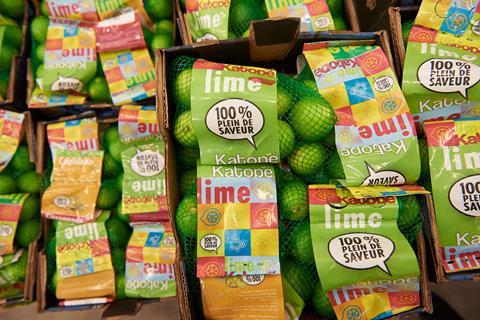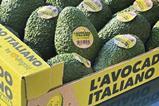Industry players consider potential to grow Brazil’s citrus sales in world’s second-largest consumer market

The news that India has opened its border to citrus shipments from Brazil has been met with measured optimism, as exporters in the South American country consider how best to take advantage of their newly secured market access.
The breakthrough is regarded by industry organisation Abrafrutas as a major commercial opportunity for Brazil’s citrus industry and a chance to generate new demand in the world’s second-largest consumer market.
But market access does not equate to overnight success, according to key players at both ends of the supply chain. And a lot more planning and work will be needed, says Guy Crouzet, managing director of Greenyard Fresh Brasil – a leading supplier of limes.
“It will take time but we now have the conditions to work and develop the business,” he explains. “Now begins a stage among private actors to start weaving the logistical and commercial network, and we will have to learn about the requirements and preferences of the Indian consumer.”
While the bulk of Brazil’s oranges are converted into juice, most of its fresh lime and lemon exports are sold in the EU via the Netherlands, as well as in the UK. And it appears there is now a willingness to diversify in terms of market destinations, to reduce that dependence on Europe.
“What is clear is that Brazil cannot continue to have only the EU and the UK as customers for 95 per cent of its exports, growing at a CAGR rate of almost 9 per cent the last seven years,” Crouzet suggests. “We need trade alternatives quickly, and the US is not seen as an alternative in the medium term.”
As for which products stand to benefit the most from a new trade opportunity in India, Crouzet believes the opportunities are limited, at least in the near future. “I think limes are a realistic option,” he comments. “Mandarins are challenging due the transit time, and oranges in Brazil are focused on the juice industry, with high prices for growers. Sicilian lemons can be [an option], but Brazil doesn’t produce a big volume.”
Access to success?
Parth Karvat, director of Mumbai-based importer Yupaa, points out that “access is different to success”. And he warns that Brazil will face stiff competition from other import sources.
“I’m not sure on what will the FOB prices be for Brazilian citrus to be competitive in the Indian market, because the freight is going to be definitely much higher than South African, Chinese and Egyptian ports, which are currently dominating the Indian market,” he tells Fruitnet.
“My guess is the FOBs would be in line with other origins which means the final CNF pricing will be higher and that may lead to poor demand.”
At present, he notes, demand for Australian citrus in India is “extremely low” due to high pricing, and despite a lower import duty.
“Moreover the category of limes and lemons hasn’t taken off in India like the berries or avocados have,” he adds. “Argentina also has access to India for lemons, but the volume is near negligible.”








